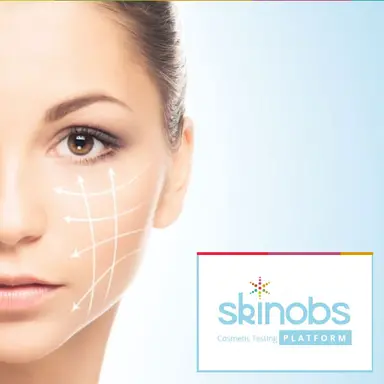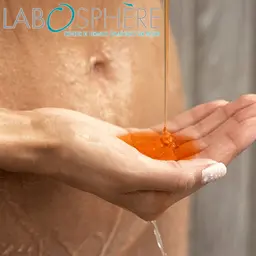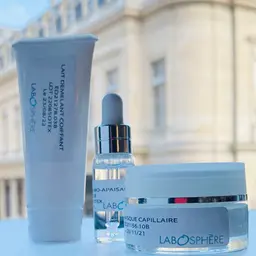
The implementation of the efficacy studies refers to the regulation of each world zone and sometimes each country. In Europe, the references are the European Regulation for cosmetics claims (EC No.655/2013 - Art.20-Art.22) as well as Regulations No.1223/2009 and its provisions on the Product Information File (PIF). Focus on the benefits of clinical scores, with Anne Charpentier, from Skinobs.
To substantiate the product claims cosmeticians must respect the six Common Criteria: Compliance with legislation, Truth, Adequate and verifiable evidence, Sincerity, Equity, and Choice with knowledge of causes.
There are no specific norms for each test (excepted sensory analysis and sun protection index with the ISO Standards) and the testing managers can follow guidelines for human testing such as EEMCO, Good Clinical Practices…
Different tests
These scientific objectivation processes protect the consumer from misleading claims and preserve the credibility of the cosmetic industry. The investigators can choose to validate clinically on human the performance of their active ingredients or finished products among four categories.
• Consumer tests
These studies are performed on a naïve panel under normal conditions of use of the product. The insights of the consumer are collected via an auto-evaluation of the treatment using a questionnaire design case by case.
• Sensory or emotional analysis
These tests are performed by trained experts or naïve panels, in real life conditions or online, to objectivate the product activities perceived by the subjects.
• Biometrological studies
This objectivation is a direct measurement of the several mechanisms of the skin, the hair or the nails using instrumental devices to visualize or …













